You’re in a business networking event and there is this guy, Joe. You two have just met and he started to talk about how he went fishing and caught that colossal 17 KG carp last weekend.
Now you’re looking for an excuse to escape this conversation. And you eventually tell him you need to make a call, go to the toilet or you know, just another reason to switch conversation partners.
Well, if you don’t have a great value proposition, you’re Joe for your potential customers. And they will eventually flee from your website or sales pitch.
Because in business networking events, people are looking for partners to grow their business, right? They’re looking forward to meeting the right people who can solve their problem.
For your target audience, it’s the same. They’re actively looking for a product or service that understands and solves their problem.
What if Joe would have said:
I’m the developer of product X that solves problem Y and I believe that could potentially help you to increase your ROI by 20%.
You would have stayed, right?
In this article, you’ll learn how to make your target audience stay and listen to what you have to offer.. Here is the list of the topics you’ll learn in 15 minutes:
- What is a customer value proposition
- How to write a customer value proposition
- How to use 2 different customer value proposition canvasses.
- How to create a landing page with your VP.
- How to evaluate your unique customer value proposition
- 7 customer value proposition examples to inspire you.
By the end of this day, you’ll be able to write a clear and compelling customer value proposition to increase your conversion rate.
If you’re a visual learner, you can also sign up to the free growth marketing course and watch the exact same content!
What is a value proposition?
A great value proposition is a short and compelling summary of the primary benefit that you offer to your prospects. It’s the unique identifier that solves a problem your competitor can’t.
Without this unique competitive advantage, the target customer doesn’t have a reason to work with you. That’s why it’s also called, unique customer value proposition.
Sometimes it’s easier to understand a thing when you see it other way around. So let’s define what a value proposition isn’t?
A slogan or tagline: Slogan is a catchphrase or a group of words that are combined in a more commercial or inspiring way to identify a product.
An incentive: A value proposition statement is not designed to encourage a prospect to act right away.
A positioning statement: For example, America’s #1 Bandage Brand. Heals the wound fast, heals the hurt faster. A positioning statement is a subset of a value proposition.
A brag: It’s definitely not to sort your achievements or features or how many customers you had.
And before you learn how to write a value proposition, we want to show you three major pitfalls that brands always fall for.
3 Deadly sins of a value proposition statement
- Providing too much information, feature-driven.
It’s great to be in love with your product. But if you show your love by providing too much information, you may confuse your potential customers.
So trying to fit all your benefits and features in it, isn’t a bright idea.
- Not describing the value from the buyer’s perspective.
When you crave pizza, you go to a pizza place. Personally, I never go to all-rounder restaurants to eat a specific dish.
You can apply the same philosophy to your value proposition.
You may have a blizzard of features (dishes). But all those features are not essential for your customer.
You should think about the most critical challenge that your target audience is facing every day. And make them believe that you’re the ultimate solution to their problem.
A great value proposition should move people away from their pain and give them a glimpse of relief.
- Failing to identify what is different from the competition.
If your offer is the same as your competitors, people won’t have a reason to choose you. You might say, “but I really don’t have a unique value to offer”. We’ll discuss how you can create one in the next chapter.
Onwards.
How to write a value proposition?
Writing is the most fun part, but we’re not there yet.
Before you start writing, you should enter the state of a customer-centric mind and approach these three things.
1. Know your ideal customer.
What is her tone of voice? – Browse forums, amazon reviews, communities she’s hanging out and find out the language she’s using. This will help you to write a good value proposition.
What’s her pain point? – People are talking about their frustrations and problems all the time on the internet. You can conduct market research to find out their pain point on sites like Quora, Reddit or specific forums.
Also, you can interview your current customers to understand the major pain in your potential customer’s life.
2. Provide specific and concrete benefits.
Focus on a major pain point and resolve it with a specific solution.
Hard facts like numbers and percentages are effective triggers. You can include measurable qualitative or quantitative benefits to grab your customer’s attention.
How much will she save? How efficient will she become? How will the people in the team be happier? Get specific to write a good value proposition.
3. Find your unique strength
To tell the ideal customer why they should buy from you over your competitor, you should know your competitors inside out.
How does your product provide more value? In what feature are you shining? Is your unique strength technology or innovation?
Well, it’s true, sometimes brands really don’t have a unique differentiator but then you can create one. Or embrace a mutual feature more than the competition.
For example, you can claim that you have the most responsive customer support. You can create a community for your customers and so on.
Whatever you do, you better find your uniqueness.
Now enough with the theory, it’s time for some action.
Two Value proposition canvases to write a compelling value proposition.
You’ll see two different value proposition templates to exercise the things you’ve just learned.
- The first one is pretty basic but effective for warming up your creative muscles.
- The second one is Buyers Challenge Canvas, and we’re the creators of this template.
Seriously, we didn’t copy it and write our name under the canvas! And with this second one, you’ll create your first strong value proposition.
Basic Value Proposition Template
(Product) is a (description) that (what it does) for (target audience) who need to (do something, solve a problem). Unlike (alternative), it (differentiator).
For example,
Buyers Challenge Canvas is a smart tool that helps brands to write their own compelling, unique value proposition. Unlike other old methods, it has a holistic approach and could help you to clarify your statement in 10 minutes.
Now, this is a very basic value proposition but it’s clear. And that is the most important thing. After you get the essence of your value proposition, you can change words and polish it with copywriting magic.
Write one to five value propositions examples right away to use this fresh information. If you’ve read until here, make it count!.
Onwards to our (we’re proud) more advanced value proposition canvas.
Buyers Challenge Canvas
As you see, you have three parts to fill in this canvas. It’s quite clear what to do even without any guidance but yet we’ll cover everything to make it bulletproof.
The more people involved in this process the better results you can get. So a brainstorming session with a team is highly recommended.
How do you fill it in?
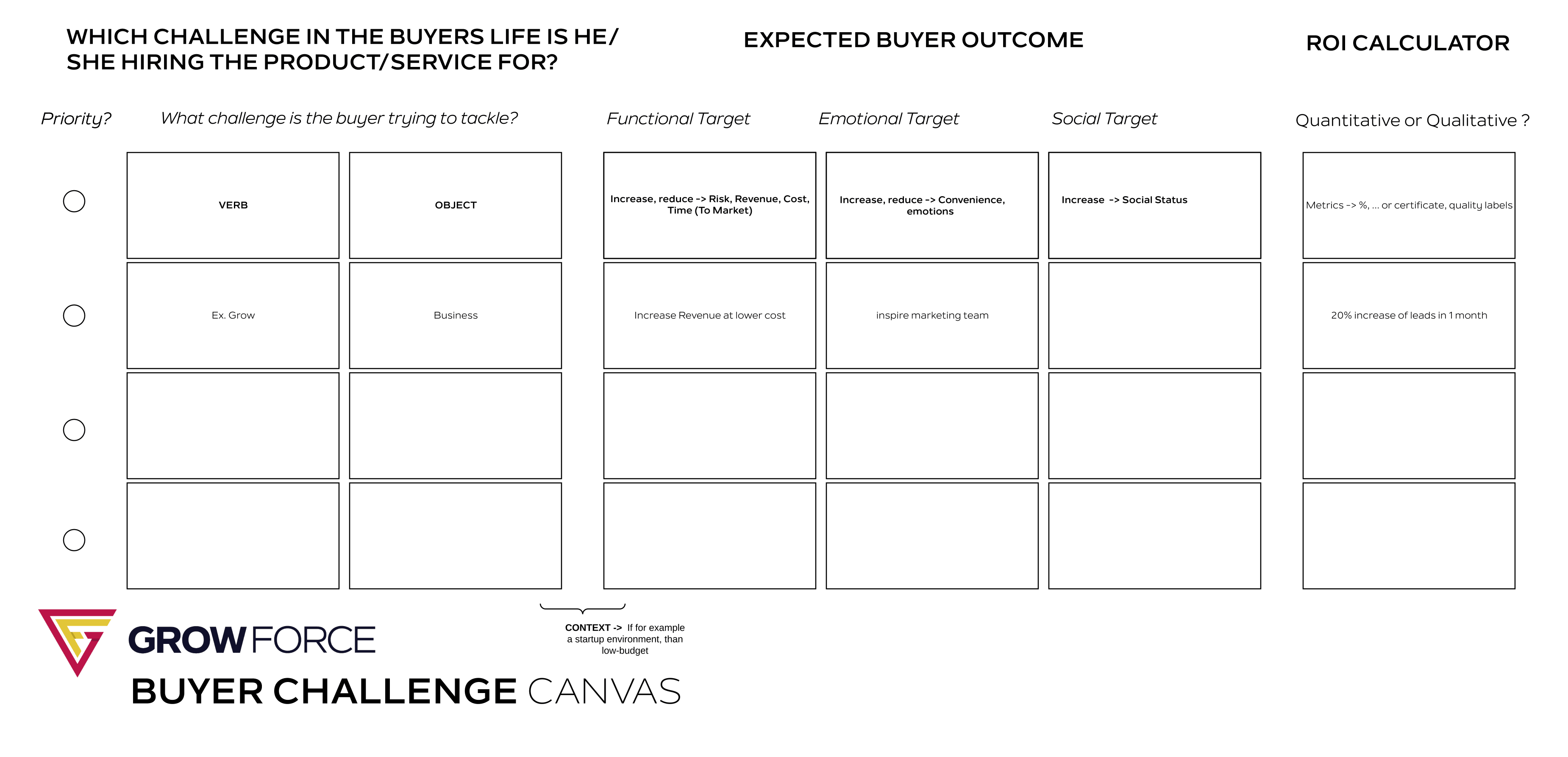
What challenge is the buyer trying to tackle?
We made it super simple with a verb and object. So you can generate some core words that you can play with.
For example, at GrowForce, we help (businesses) to (Grow).
Expected buyer outcome
Here you can see the three core benefits of why people care about a product. If you can pull all the triggers, you’ll have a stronger value proposition.
But don’t try to stick to everything unless it seems and reads naturally.
Functional Target, increase or reduce-> risk, revenue, churn, cost and so on.
Example: We increase revenue at a lower cost.
Emotional Target, increase or reduce-> emotions, convenience etc.
Example: We transfer the know-how to educate the marketing team.
Social Target, increase -> social status.
Example: We give access to an exclusive community.
ROI calculator
Metrics ->%… or certificate, quality labels etc.
Marketers often forget this part, and it’s the most important part to create an effective value proposition.
Because potential buyers are deeply interested in the outcome of their investment. So in this final step, you should feed your audience with some hard facts.
Quantitative: Increase of leads by 20% in a month, 40% increase in ROI or save time up to 40% and so on.
Qualitative: Get X certificate or quality labels etc.
Aaaand don’t forget the context.
Context is the glue between the first and second parts. It’s crucial to be aware of who your audience is or in which industry you are in. This kind of information could change your approach to exercise.
Write tens of examples, then mix and match them until you’re comfortable. A good value proposition always comes with a firm copywriting exercise, so don’t hold on to your darlings and rewrite your favorites.
But what happens after you say, “AHA, I found my value proposition!”.
Now you need to find out if everybody else in the world is on the same page with you. You need to testify about it.
And in the rest of the article, you’ll learn how to evaluate your value proposition.
- You’ll learn how to create your home or landing page with your compelling value proposition.
- Then you’ll learn how to evaluate it with two tools: 5-seconds test and UsabilityHub.
- And finally, you’ll see some great examples to compare and understand how good your value proposition is.
How to create your landing page in 9 steps.
A landing page or home page is the most critical asset of your online presence. Because it’s the place where your visitors determine to stay or leave.
Since people are now having an attention span of a goldfish, the length of this decision-making process is seconds. Your communication should be clear and on point to make your audience stay.
Let’s see how you can tame a goldfish with your value proposition.
—Above the fold— This is the area you see when you open the page.
#1 Connect with your target audience buyer challenge
Communicate the challenge of your visitors in the very first phrase. Talk about their biggest problem above the fold, give them a reason to stay and scroll down.
#2 Adapted language, buyer focussed
Talk like their friend.
When they read your sentences, they should feel like they’re sitting on a bench and talking about their business problems. That’s why earlier, we suggested you browse on specific subreddits, Quora groups and other communities.
Spend some days in these places, soon, you’ll talk and write like you’re one of your customers
#3 Call to actions
You know how short their attention span is. So, just after they understand your offer and before they leave the website, you MUST ask them to take the desired action.
You can ideally place two call to actions. One could lead to the end goal, such as “Buy now”. And the second one could be an incentive to make them stay or educate them further like “Learn more”.
If you have an e-commerce business you can also get inspiration from here.
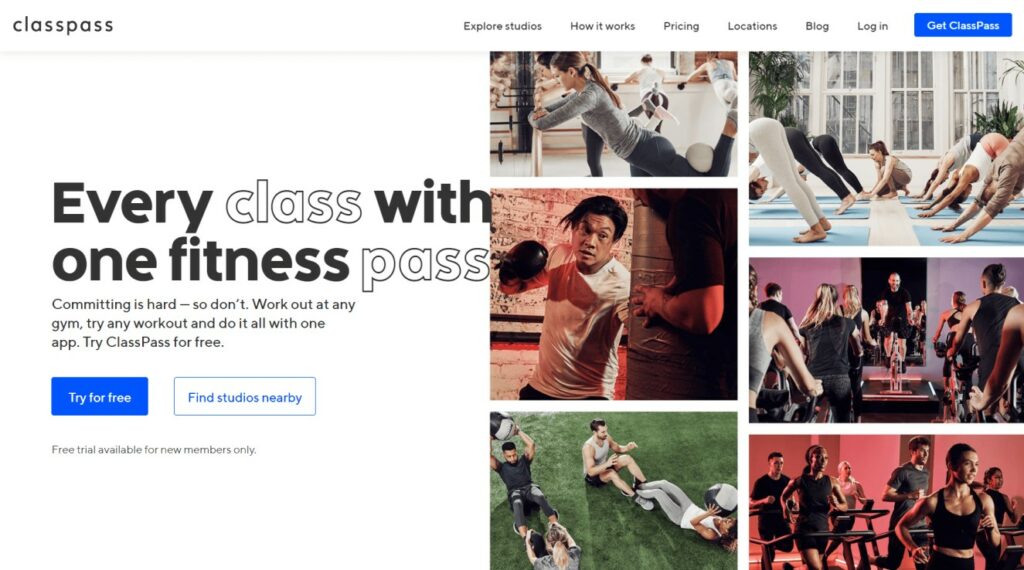
#4 Image background: supporting the product/service explanation
You won’t want to waste this precious estate with a static color background image. It’s a perfect element to add some feelings and human factors to your message.
It works best when you align this image with your value proposition. This image could be the image of your product, the result of the process or process itself.
A good example is Opera. You see, everything is crystal clear and they supported the word browser by putting their browser in the background.
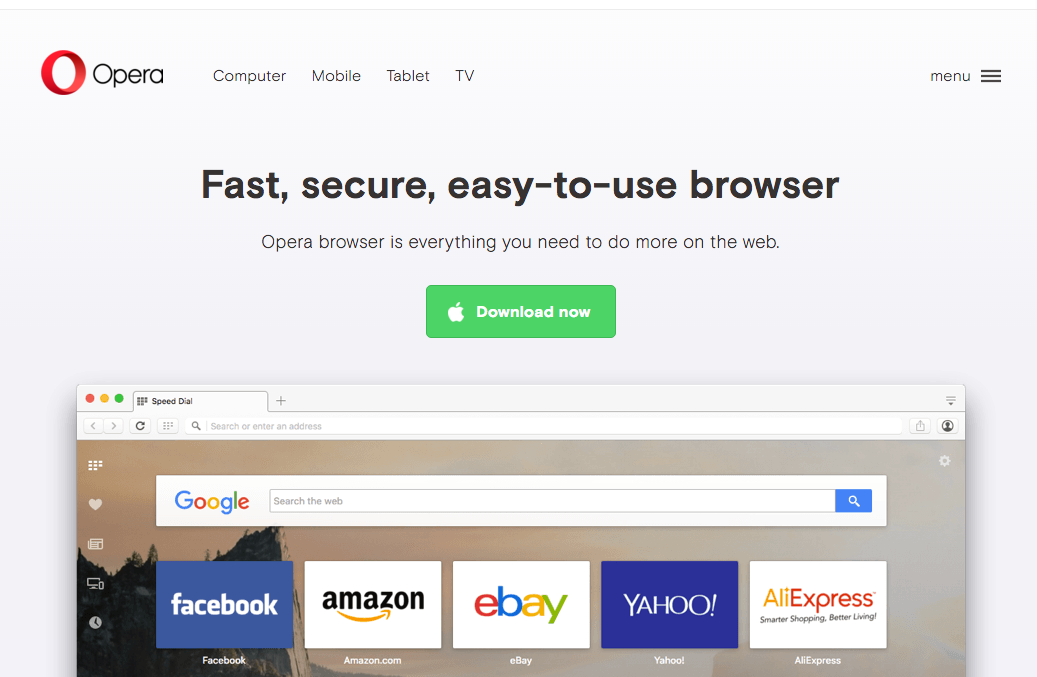
This tells the visitor what to expect from your product by showing a familiar image.
Here are other examples:
We use an image from our 6-week course. It tells our customers that we’re credible.
Uber uses one of its super happy drivers. It tells people if they become a Uber driver they’ll be happy.
—Below the fold— This is the area you see when you start scrolling.
#5 Explain what your company does
This is the point you can show your love to your product or company by explaining more about it. Here you can talk about the why of your company and exhibit the rest of your features.
Tip: You can use bullet points to avoid long sentences when you want to show your features.

#6 Explain all the steps to show how your product works
Every product has a different complexity. Some of them have a remarkable learning curve, and some are as straightforward as chewing gum.
Here you’ll show how your service works. Or how can your customers implement or configure your product.
Don’t assume that your product doesn’t need an explanation. Help your customers to understand it step by step, even if your product is a pack of chewing gum. No, I am not joking.
This will give them a plan and make them feel safe in your supportive hands. Imagine that you’re placing stepping stones to help your customers to cross the river.
Try not to come up with more than five steps. You may accidentally over complicate your product instead of helping them
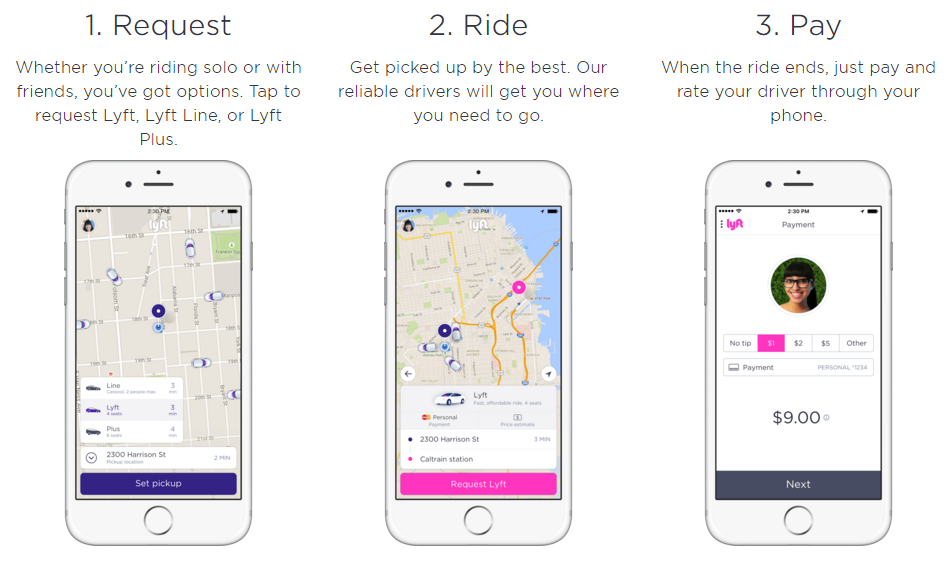
#7 Social proof
Social proof is a must for a landing page. It helps you to show your credibility and establish trust between two sides.
Here are some common uses:
- Logos of the companies you worked with.
- Written testimonials
- Video testimonials (A genuinely happy customer is better than your best salesperson)
You can even try to fit logos above the fold as we have done here:
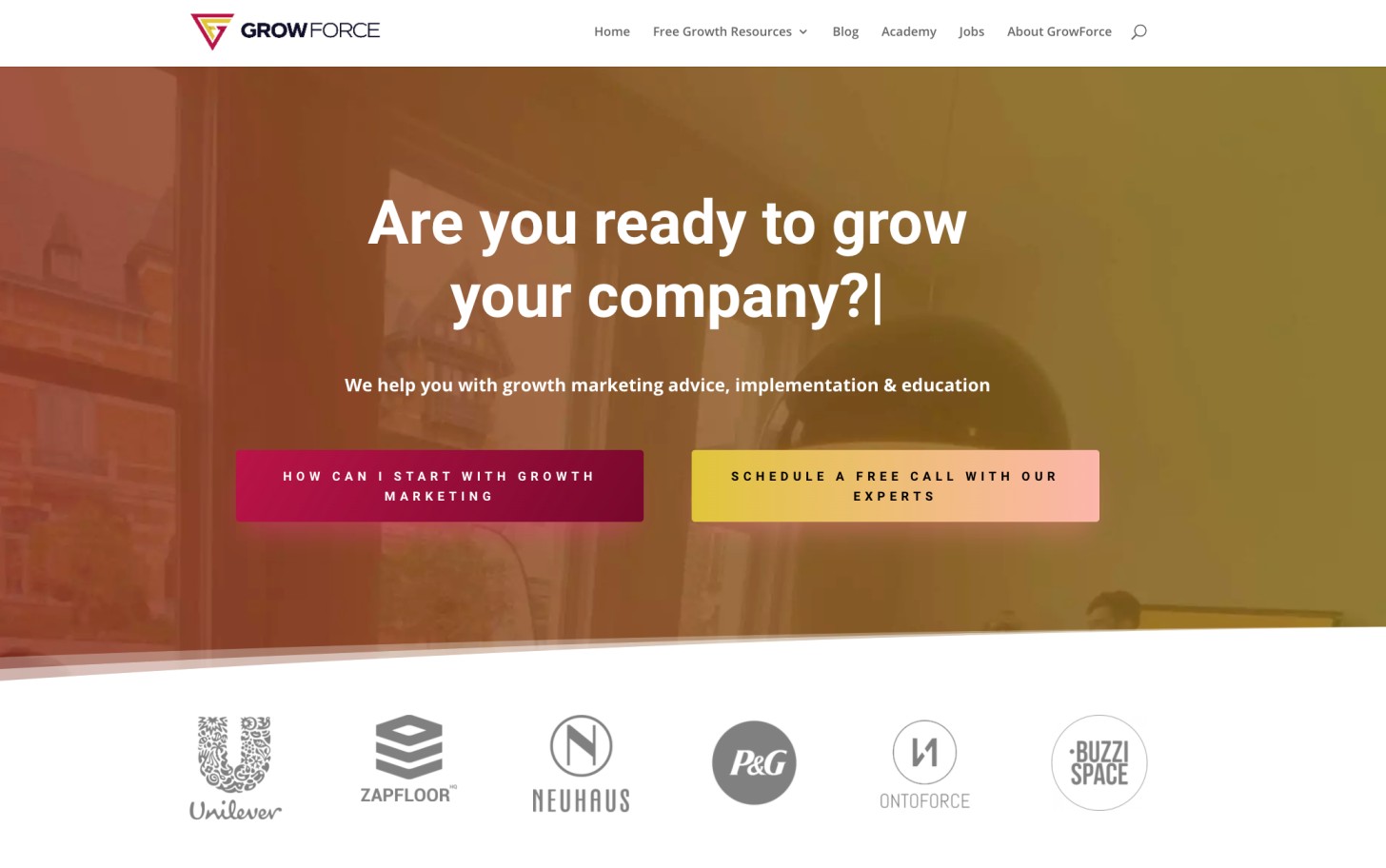
#8 Quantitative or Qualitative ROI
Now you have more space to sort all of your benefits. You already know how you can find these metrics, right?
#9 Secondary call to action
Don’t be shy about the call to action. Your visitors might be drifting on your beautifully designed landing page. Remind them they’re there to partner up with you!
Now, let’s find out what other people think about your value proposition + landing page.
How to evaluate a customer value proposition?
At some point, you’ll choose your value proposition and use it for all your marketing efforts. And it’s better to make this decision data-driven.
Why? In the end, you can trust your unique value proposition eyes closed. Or, if it fails, you’ll know what the problem is.
We have two different methods to test your Value Proposition.
Five seconds test.
This is a funny one. The attention span of a typical visitor is 5 seconds and probably it’ll decrease. In this test, you’ll show your landing page to a real-life audience and ask them to answer these questions:
- Which product or service does this website offer?
- What is the unique thing about this product or service?
You can ask your colleagues, friends, family members or even strangers if you make it a bit more exciting.
Here are the steps:
- Find a volunteer.
- Open your landing page.
- Show them the page.
- Count to five (Sssh, don’t do it out loud, they only have 5 seconds)
- Ask them the questions.
You can start browsing famous brands’ websites to understand how effective this strategy is. It could also help you to create a better value proposition and landing page.
UsabilityHub
Ok, we hear you, you may not have that many (unbiased) people around. But you have UsabilityHub!
UsabilityHub is a tool that helps you to show your value proposition to a digital crowd. It works with the same principle as the five-seconds test and asks the same questions.
Bonus tip: A/B testing
You can A/B test the efficiency of the landing page by creating different versions of the same element, such as headline, body copy and etc.
This way, you’ll be able to understand what works best for you and optimize your website and increase your conversion rate.
We use Instapage for A/B testing, but you can also do it with Google Optimize (a free tool)
Now we’ll wrap up with some value proposition examples so you can compare yours with the qualified ones.
8 Top Shelf Value Proposition Examples
You can ask these questions in order to exercise your value proposition knowledge:
- What is the company selling?
- What is the benefit of using it?
- Who is the target customer for this product or service?
- What makes the offering different from competitors?
We’ll not give the answers but drop some extra notes on each example.
#1 Unbounce
Unbounce value proposition is focusing on ease of use. And they highlighted it masterfully with the term without any I.T. support. Since many small teams don’t have a dedicated IT person, A/B testing and optimization could be seen as a super obstacle.
But now, with Unbounce’s value proposition, that obstacle seems as big as a dust particle.
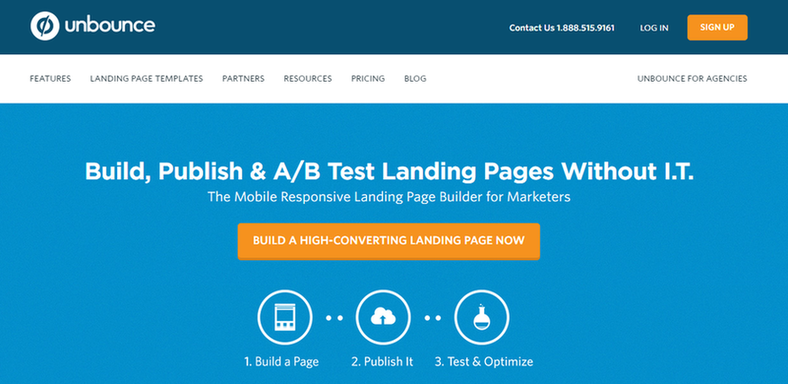
Takeaways:
- Build, publish and A/B test landing pages: Super clear
- Ease of use and Uniqueness= Without IT.
- Call to action: “High converting” is an end benefit of the product.
- Step by step pictograms: Show you how you can do it in three steps.
#2 Stripe
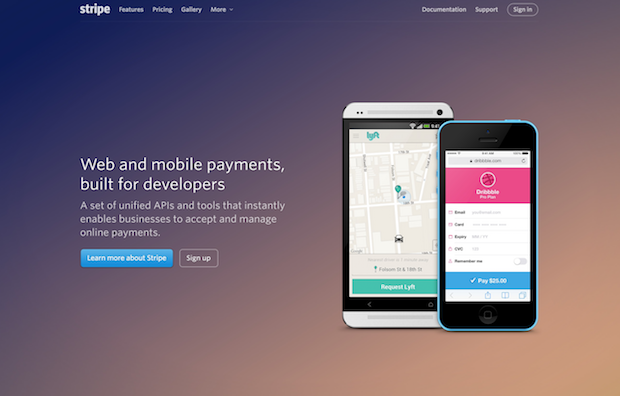
Takeaways:
- Audience: As you see, it’s laser-sharp.
- Image: They used it to leave no space for imagination and show you the simplicity of the product.
- Two call to actions: They’ve learned people first one more information about the product so they used “learn more” as the primary CTA.
#3 Trello
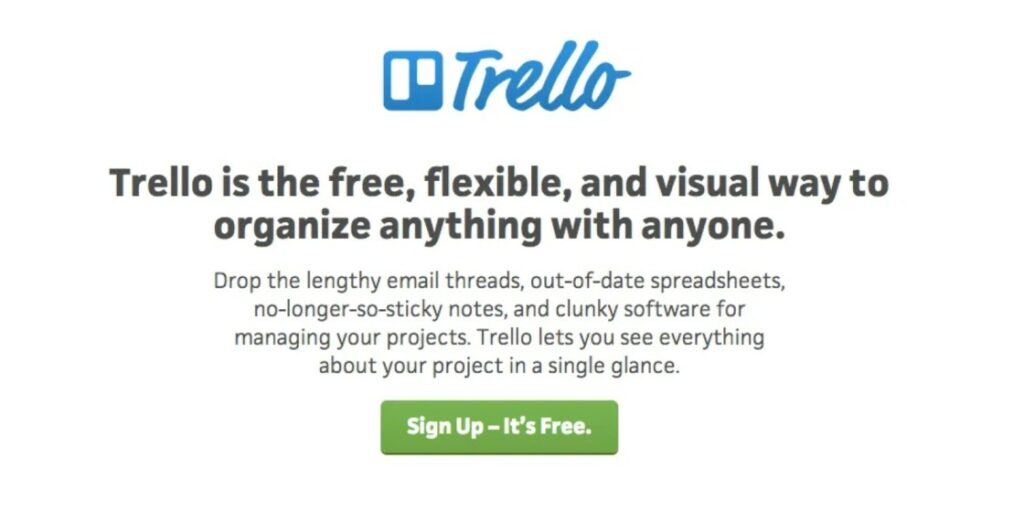
Takeaways:
- Pain Points: Trello using pain-points and unpleasant memory problems to convert visitors to customers.
- Unique idea: Trello takes tasks and transforms them into visual boards.
#4 Zapier
I have nothing to say because Zapier says it in six words. You know your value proposition is strong when there is nothing to write for a copywriter.
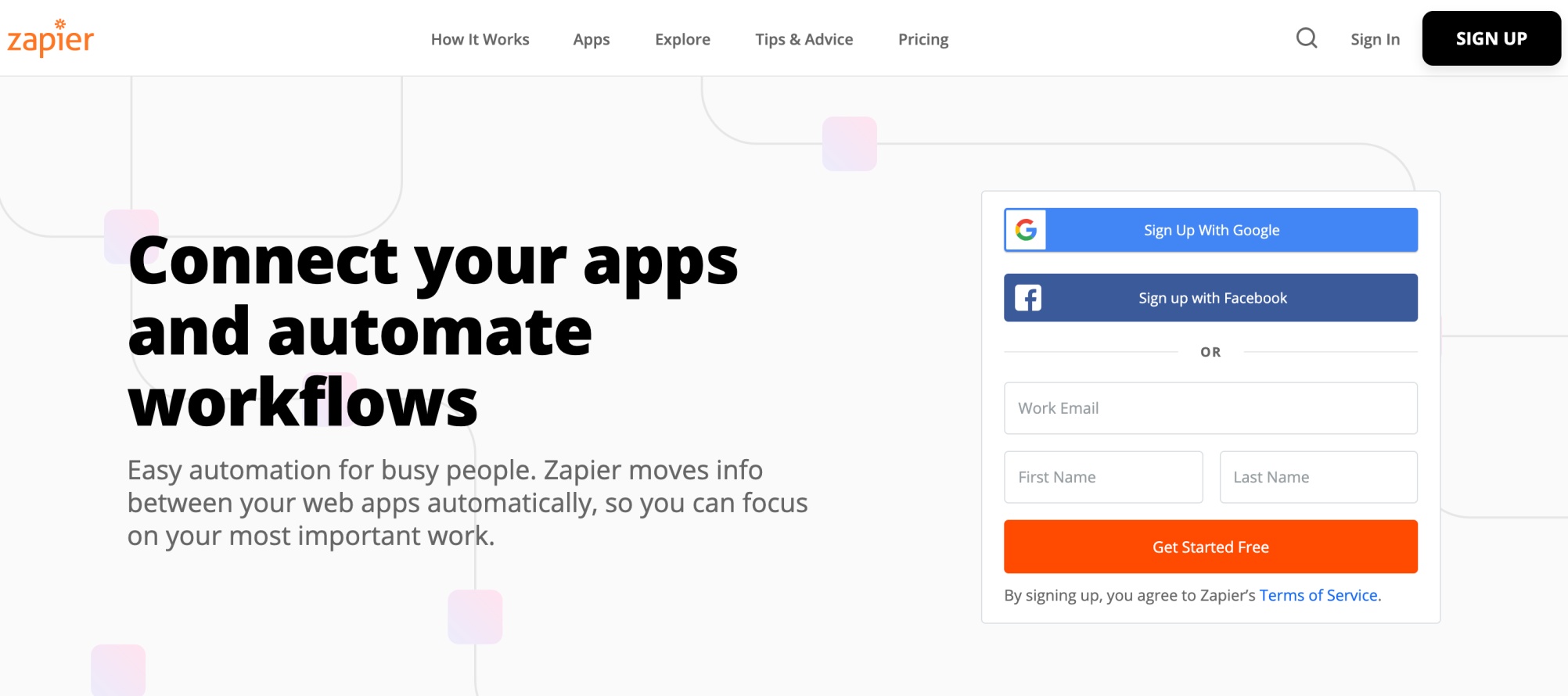
#5 Crazyegg
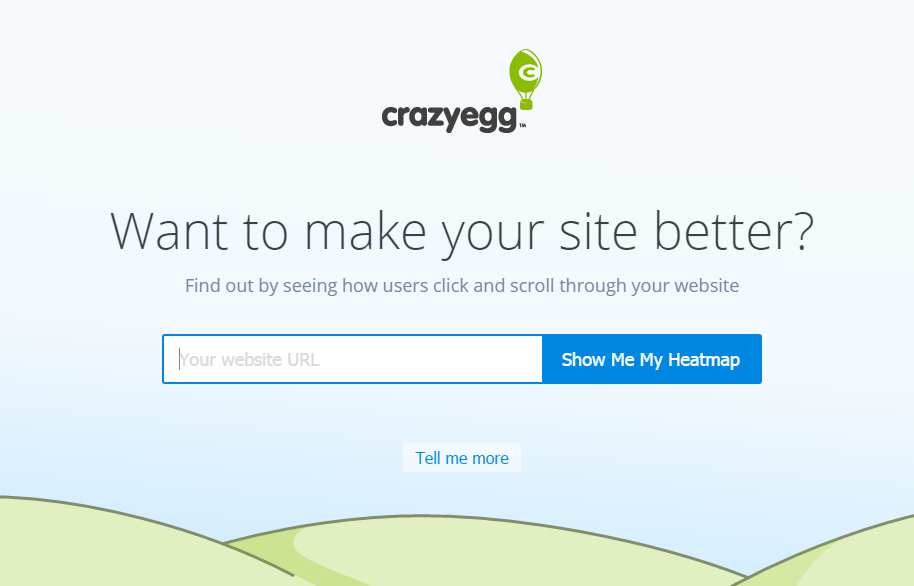
Takeaways:
In contrast to others, Crazyegg opens it up with a critical question that leaves the visitor curious.
Call to action: To trigger more curiosity, they’re now talking about a heatmap. Hmm, I can see it right away? *CLICK*
This time we’ll also add above the fold because this sentence “Show your boss changes worked” is a perfect mix of the emotional and functional benefits.
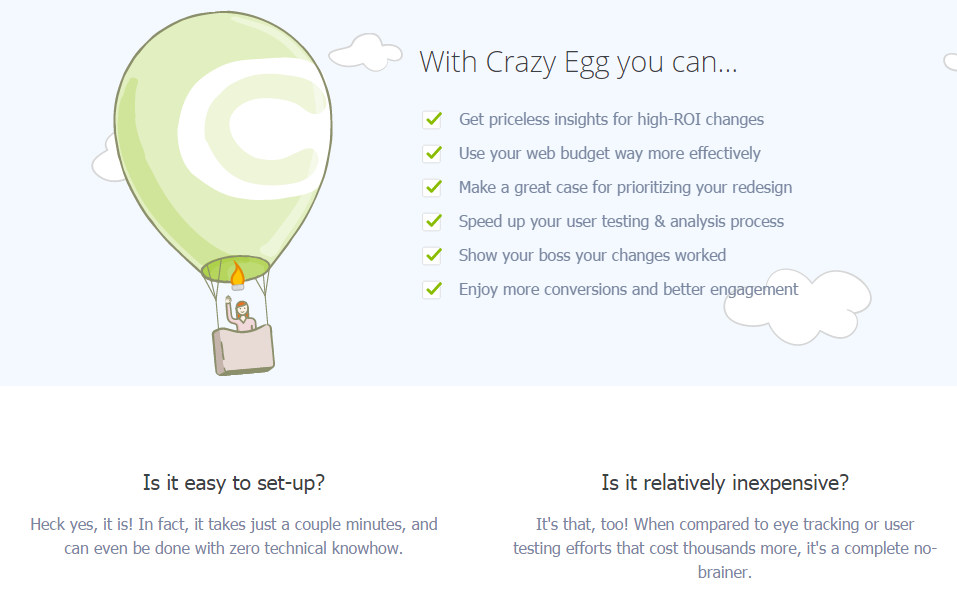
#6 Freshbooks
Takeaways: Super targeted with different personas. This is what happens when you know your product and market target.
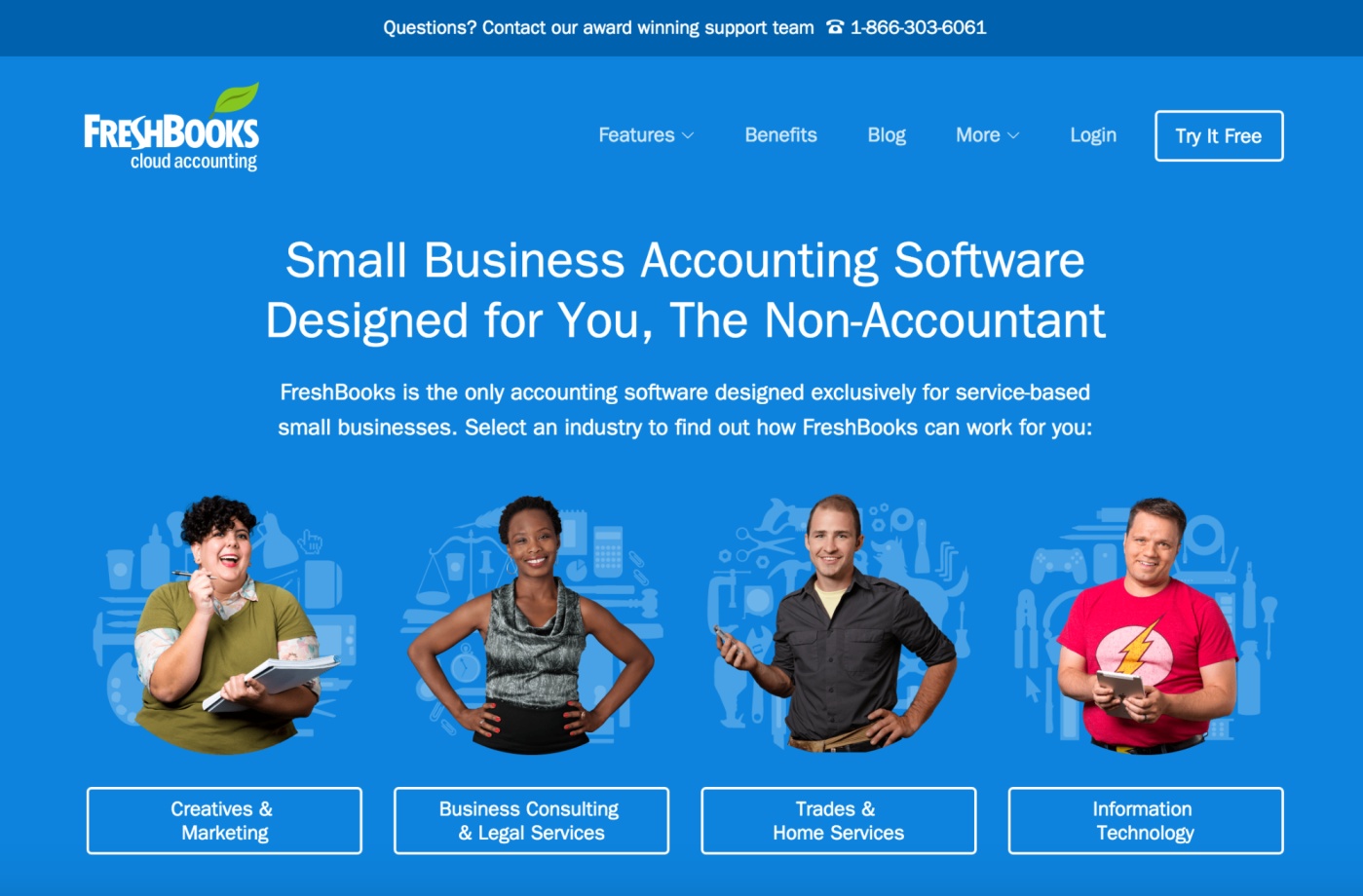
#7 Slack
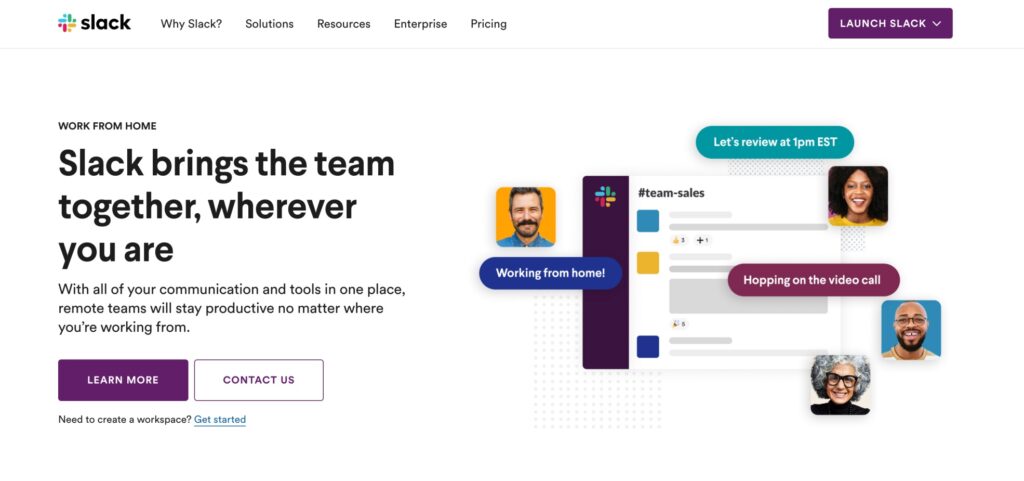
Takeaways: It’s also important to be flexible and responsive according to the context. Right now, we’re in COVID-19 times and Slack optimized it’s landing page to make more sense.
Now you know how to write a value proposition
Pheeew. I think you’re ready to show your value to the world! And hope this guide was helpful to you. If you like working with canvasses, we have a couple more, so be sure to check them out. They make it easy.
And remember, you can always watch a lesson on value proposition in our free course. You have nothing to lose and you can enroll through this link!
Hey, you know what happens when you share this article with your friends? You make me happy.

Yigit
Head of Content
I’m here to make sure you enjoy every bit of content you read.

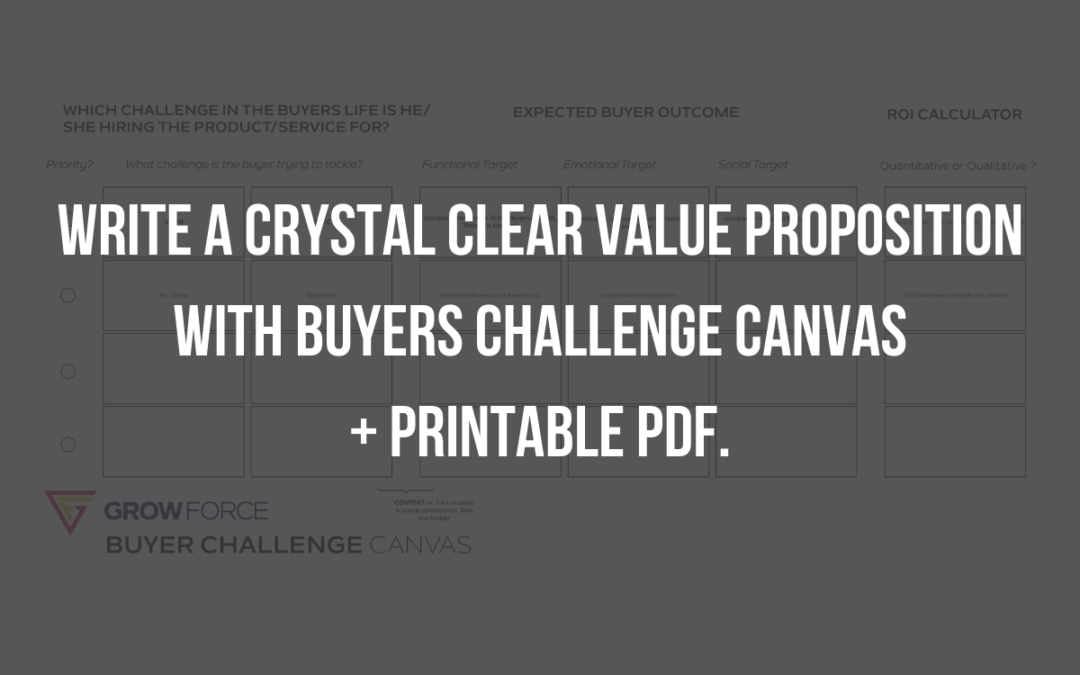
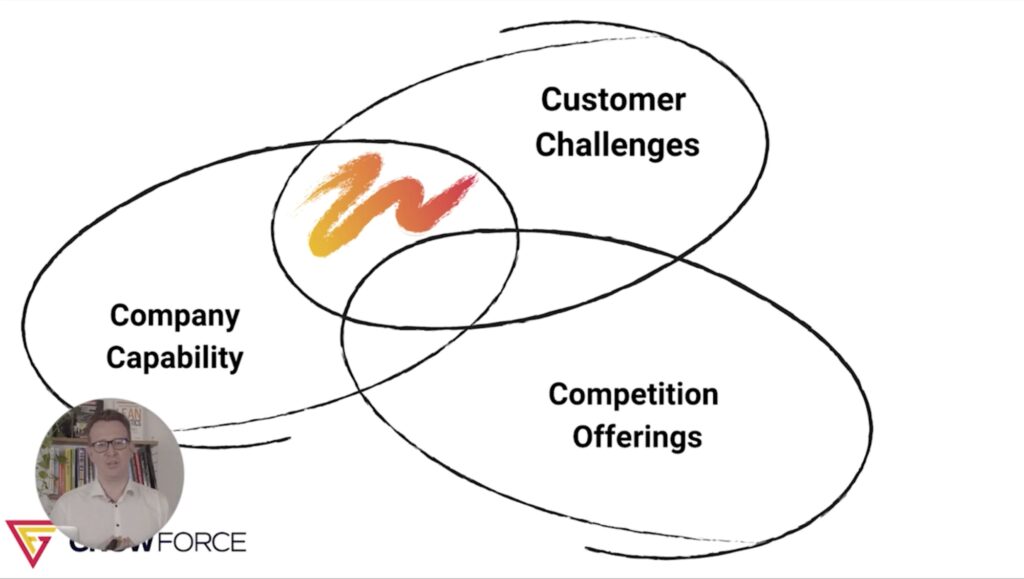


Great insights Yigit!